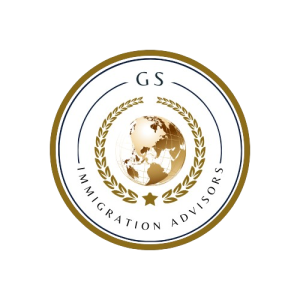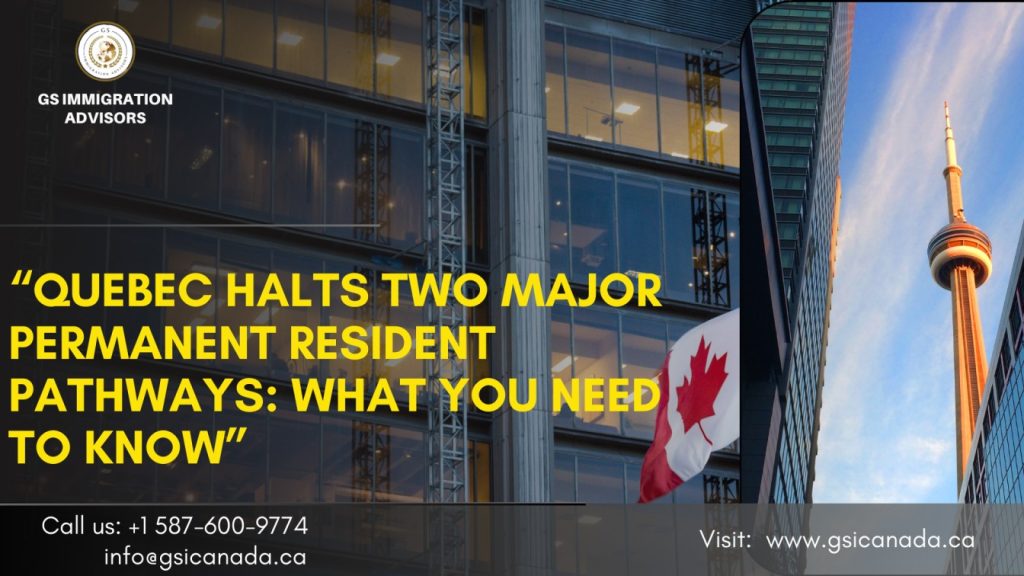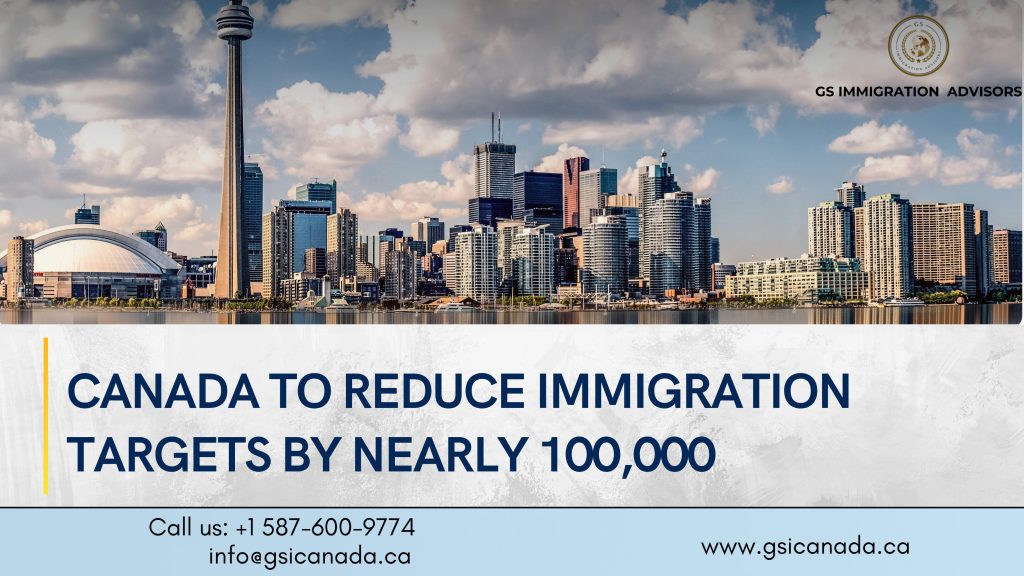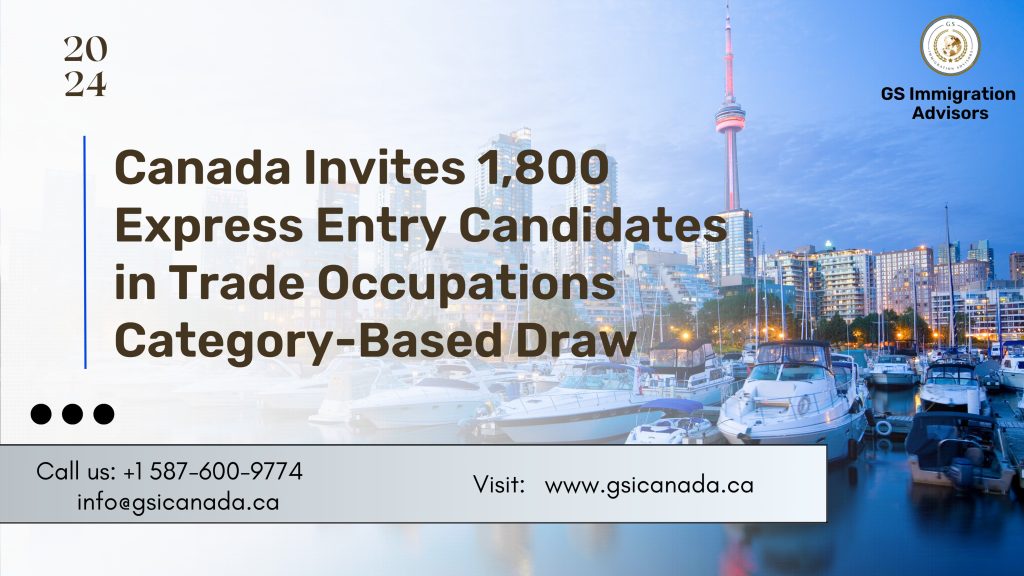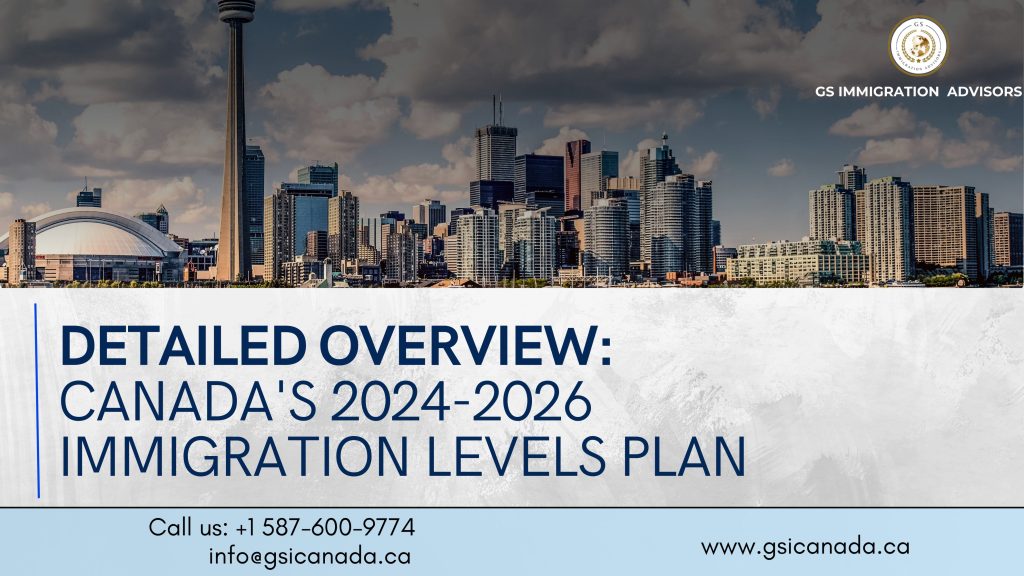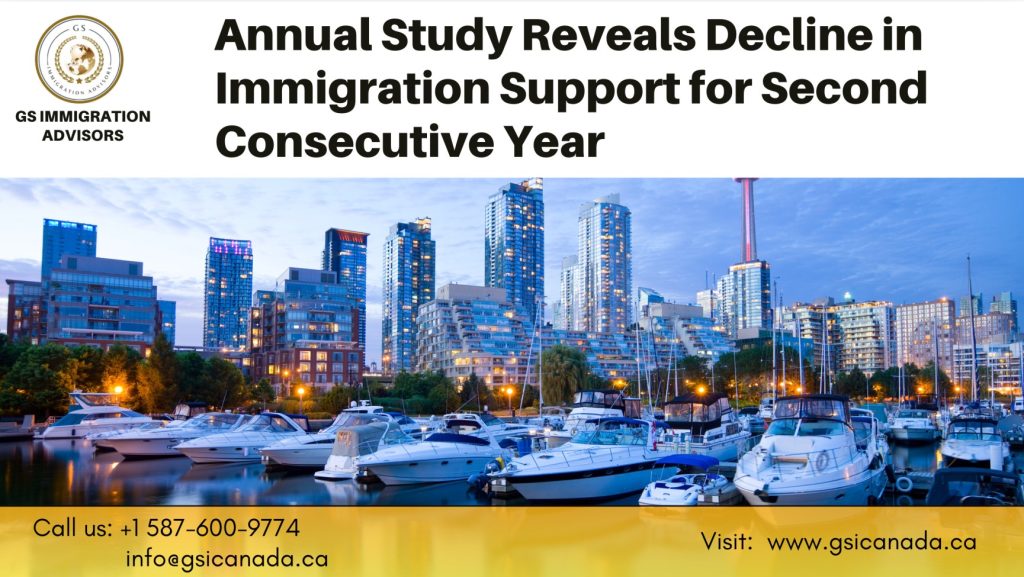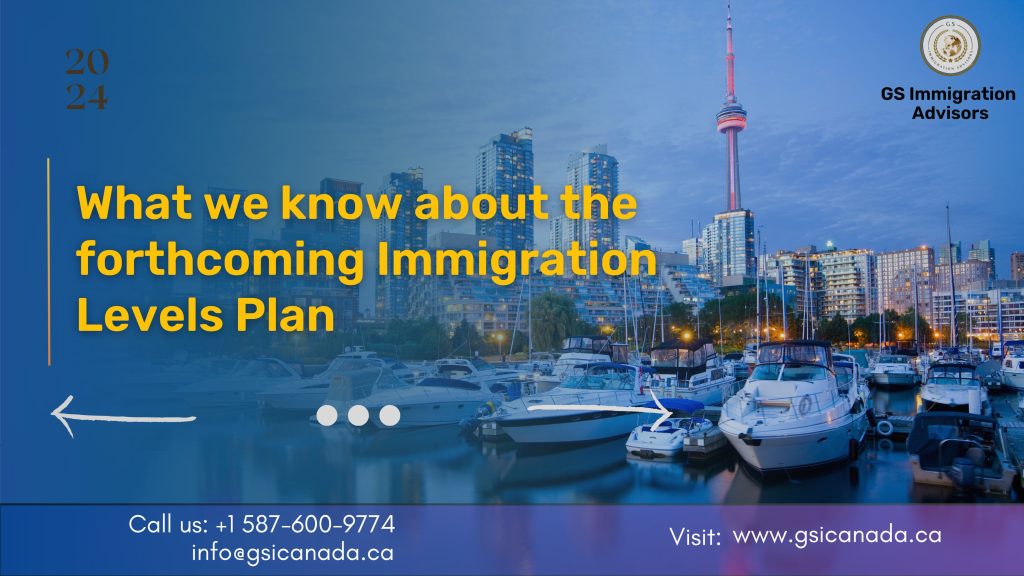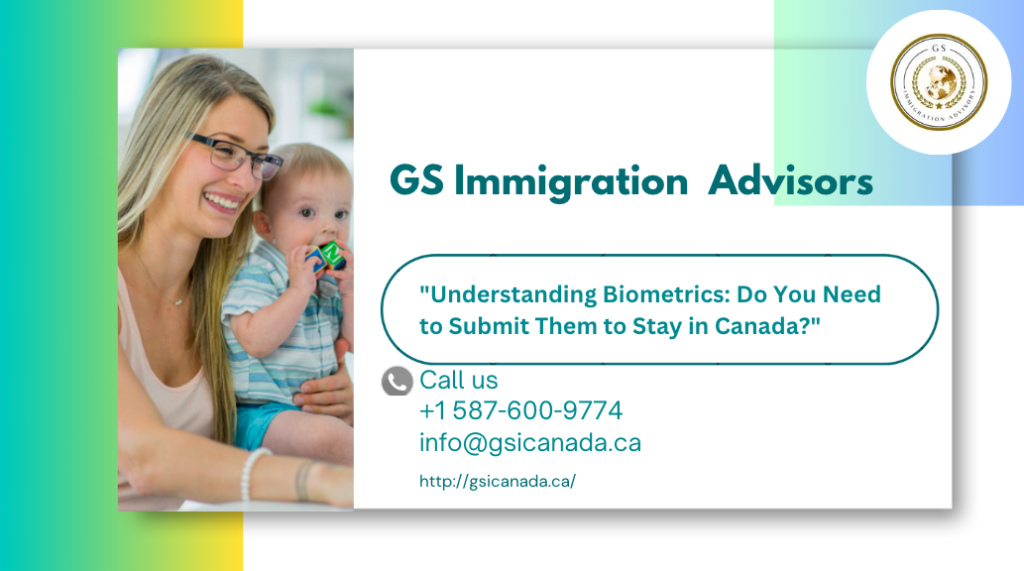Between now and November 1, Immigration, Refugees and Citizenship Canada (IRCC) will present its 2025-2027 Immigration Levels Plan. This plan will set targets for the number of permanent residents expected to be admitted to Canada over the next year, along with provisional goals for the two years following that, covering a total span of three years. The Plan not only shapes Canada’s immigration objectives but also influences various aspects of the country’s social and economic landscape, such as population growth, taxation, housing affordability, healthcare services, and labor market expansion. However, this year’s Plan will see a notable change, as Immigration Minister Marc Miller revealed in March that, for the first time, temporary residents (those with work or study permits, as well as visitor visas) will be included. In 2023, Canada had more than 2.5 million temporary residents, representing 6.2% of the population. Minister Miller has stated that the upcoming Plan will aim to decrease the number of temporary residents admitted over the next few years, with the goal of reducing this figure to 5% of the total population within three years. Discover if You Are Eligible for Canadian Immigration The specific number of temporary residents Canada will admit in the future is yet to be finalized. However, based on previous announcements, there are some indications of how IRCC’s future plans could shape the upcoming Immigration Levels Plan. Study Permits In January, IRCC announced a cap on study permits for international students, indicating it would process 606,000 applications in 2023, with an expected approval of 360,000—a 35% reduction in the number of study permits processed. This decision came as a surprise, given that Minister Miller had previously opposed placing caps or targets on Canada’s international student program. International students made up 42% of the temporary resident population in 2023. In September, the minister further stated that the number of processed study permits would be reduced to 437,000 by 2025. Master’s and PhD students, who had previously been exempt, would now be included under this cap. Open Work Permits In addition to study permits, the IRCC has signaled its intention to decrease the number of Post-Graduation Work Permits (PGWPs) and Spousal Open Work Permits (SOWPs) issued over the next three years. New requirements for PGWP applicants have been introduced, including a minimum Canadian Language Benchmark (CLB) score of 7 for university graduates and CLB 5 for college graduates. The minister estimated that these changes would result in 175,000 fewer PGWPs being issued over the next three years. Regarding SOWPs, changes are expected to reduce the number by 50,000, as spouses of international master’s students will now only qualify if their spouse’s program is 16 months or longer or if they are in a field identified by the IRCC as critical. Additionally, only the spouses of “highly skilled, specialized workers” will remain eligible for SOWPs, which is projected to further reduce the number of permits issued by 100,000 over the next three years. Altogether, these changes are expected to lead to 325,000 fewer open work permits issued during this period. Closed Work Permits There have also been significant updates to the Temporary Foreign Worker Program (TFWP). Minister of Employment Randy Boissonnault introduced changes that limit employers to hiring no more than 10% of their workforce through the TFWP. Additionally, the maximum duration of employment for workers in the Low-Wage stream has been reduced from two years to one. Furthermore, IRCC will not process low-wage Labour Market Impact Assessments (LMIAs) from employers in areas with an unemployment rate exceeding 6%, though some exceptions apply. Minister Boissonnault has expressed concern about Canadian employers’ heavy reliance on the TFWP, stressing that it was only intended as a last resort. Permanent Residents The Immigration Levels Plan 2024-2026 set a goal of welcoming 500,000 permanent residents annually by 2025 and maintaining that target through 2026. Permanent residents are admitted through various channels, including economic immigration, family sponsorship, refugee programs, and humanitarian initiatives. Minister Miller has hinted that significant changes could be on the horizon for the number of permanent residents Canada admits in the coming years, and that adjustments to the type of immigration Canada prioritizes could be forthcoming. Currently, 60% of immigration focuses on economic immigrants—skilled workers who are expected to integrate into the workforce and boost the economy. This is an unusually high proportion compared to many other nations, according to the minister. Broader Context As Canada’s population grows, concerns have emerged about the strain that high immigration levels place on key issues like affordable housing and an already stretched healthcare system. These topics are likely to influence the next federal election and were highlighted in a 2023 Environics Institute report on Canadian attitudes toward immigration. The report noted a noticeable decline in support for immigration compared to 2022, although most respondents did not express concerns about immigrants themselves. Minister Miller has also emphasized the need to limit the number of temporary residents, particularly international students, to prevent exploitation and ensure newcomers receive adequate support. Nonetheless, both Miller and Boissonnault have frequently highlighted the cultural benefits of immigration, acknowledging that immigration is responsible for virtually all of Canada’s labor force growth. They cautioned, however, that any policy adjustments must avoid being overly restrictive. Discover if You Are Eligible for Canadian Immigration
